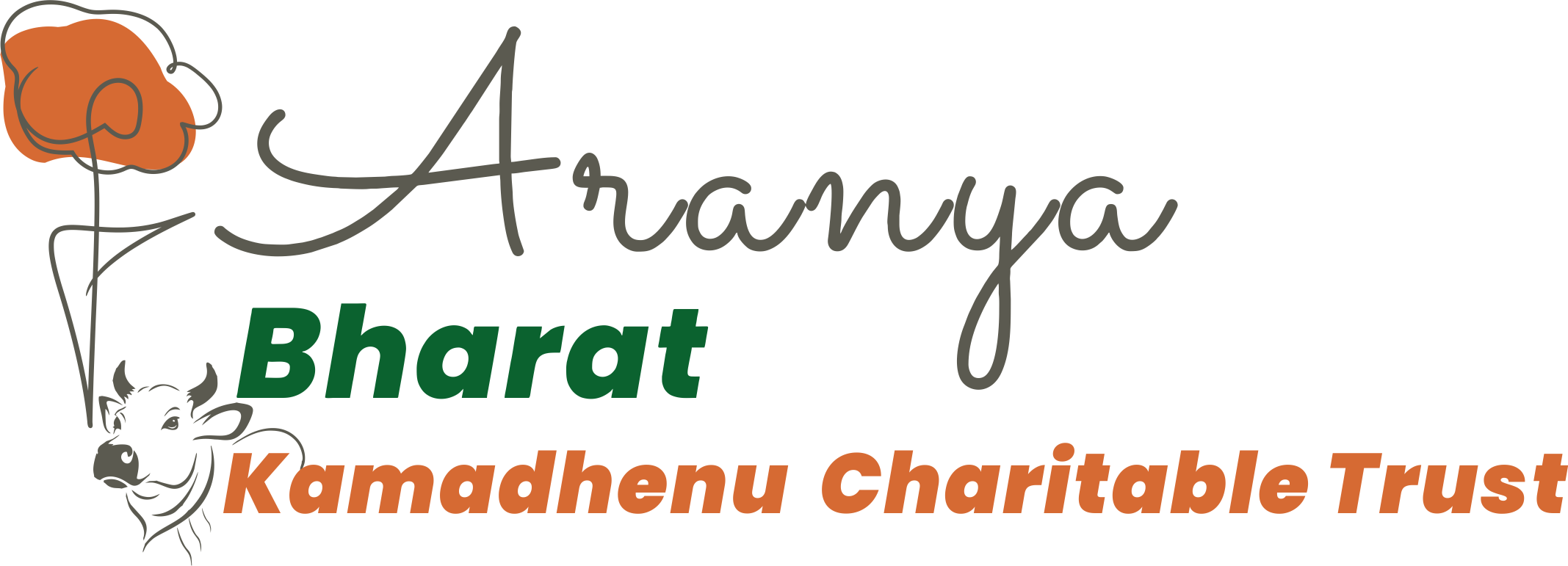Blog
Supercharge Your Fodder Farm Before the Monsoon Hits

Estimated Read Time: 5–6 minutes
Why the Smartest Farmers Start Before the Rain
The monsoon isn’t just a season—it’s a make-or-break moment for your farm. In 2025, the Indian Meteorological Department forecasts a strong monsoon. That’s great news—if you’re ready.
Waiting until the rains hit is too late. If you’re serious about lush fodder, healthy cows, and zero feed crisis, preparation must begin now.
🌱 What to Plant Before the First Drop Falls
Your choice of fodder can make or break your monsoon harvest. Here’s what thrives in the rain:
- Sorghum (Jowar) – Grows quickly, resists flooding, rich in nutrients
- Napier Grass – Perfect for high-yield, repeated cutting
- Cowpea / Berseem – Legumes that enrich your soil naturally
- Maize – Great for green chop and silage
🧠 Smart Tip: Rotate grasses and legumes to prevent soil fatigue.
Explore more at ICAR’s Fodder Varieties Guide →
💩 Boost Soil Power with Cow-Dung Gold
Before sowing, feed your soil. Nothing works better than cow dung compost. At Aranya Bharat Kamadhenu Gaushala, we’ve seen yields jump by 30% just by switching to:
- Vermicompost from cow dung + crop waste
- Jeevamrut – A microbial booster with cow dung, jaggery & gram flour
These enhance:
- Water absorption
- Microbial activity
- Plant immunity
📌 Bonus: No toxic runoff. No chemical residues.
💧 Keep the Roots Dry — Even in Heavy Rain
Don’t let too much rain ruin your hard work. Here’s how we protect our crops:
- Create raised beds or furrows for quick drainage
- Dig perimeter trenches around your fields
- Channel cow shed runoff into compost pits
Even a single hour of waterlogging can stunt growth. Don’t risk it.
⏱️ Sowing Hacks That Work
The clock is ticking. Here’s how to time it right:
- Plant 7–10 days before your region’s first predicted rain
- Choose direct seeding over transplanting (faster root grip)
- Sow at dawn or dusk to avoid scorching heat
🌾 Pro tip: Always keep spare seed ready. Rain damage happens.
📦 Don’t Waste Excess Fodder — Ferment It!
Rain gives you bounty—if you can store it. Don’t throw away excess green fodder. Ferment it instead:
- Chop & store in airtight silage bags or pits
- Add jaggery and bran to preserve nutrition
- Blend with dry wheat straw for winter feeding
That’s what we do at our Gaushala—and it’s saved us lakhs in feed costs.
🐄 See How We Do It at Aranya Bharat Kamadhenu Trust
We manage fodder for hundreds of cows through seasonal planning. Every year, we:
✔ Compost 10,000+ kg of dung
✔ Plant 4+ varieties of monsoon fodder
✔ Train staff on rainproof sowing practices
We don’t depend on the market. Our cows eat what we grow—with zero chemical inputs.
🪴 Final Word: Monsoon Farming Is a Mindset
Most farmers prepare after the rains arrive. The smart ones? They prep before. If you want lush, green fields and healthy, full-bellied cattle—now is your moment.
✅ Sow early
✅ Feed your soil
✅ Drain wisely
✅ Ferment your excess
Do this now, and your monsoon will be your most productive yet.
🌿 Inspired to grow greener this season?
Visit our Gaushala model → https://aranyabharatkamadhenu.com/
Donate Fodder or Sponsor a Cow » https://aranyabharatkamadhenu.com/donation-book-your-sewa/
